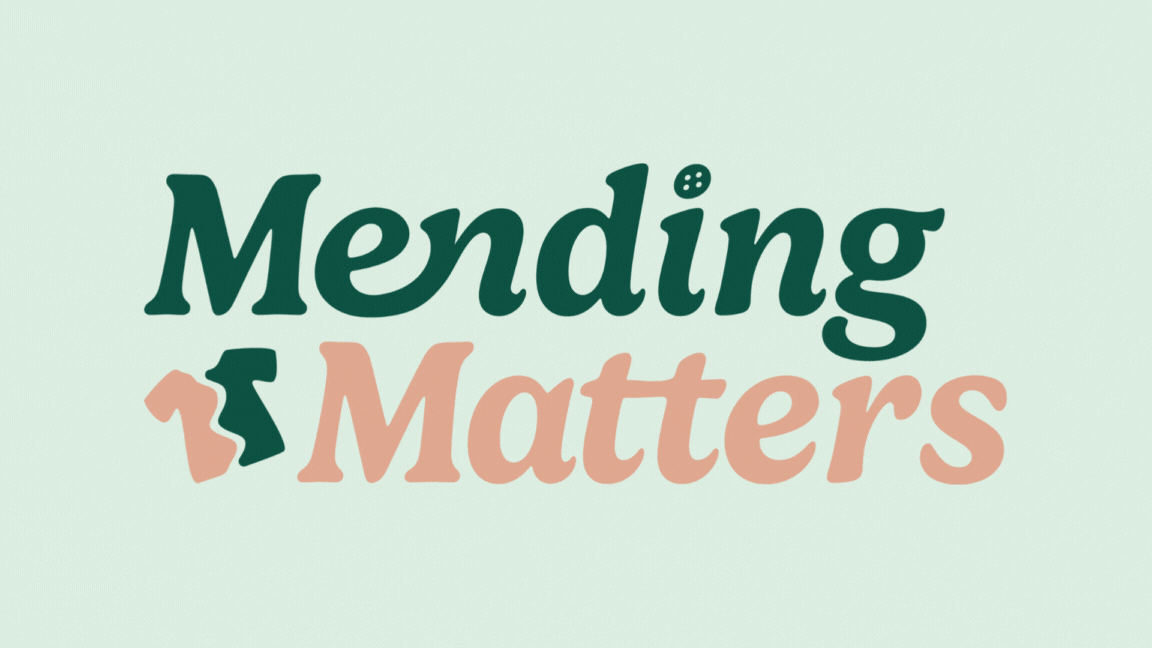Week 2, Interview, Electric Boogaloo!
- katherinecostain
- Feb 3, 2023
- 2 min read
Caitlyn and I have already started collecting interviews from all sorts of people—teachers, professionals, fashion consumers. As Caitlyn mentioned, she spoke with her former teacher Alison and received some valuable insights, so this week I've been focusing on getting some interviews myself.
I spoke to a local 4th grade teacher about her experience with the subject matter of sustainable fashion as a teacher and observations of her students. Here were her responses to my questions:
Q: What is your opinion on sustainable fashion? Do you know much about it?
A: Sustainable fashion is great. I love a good thrift. At my school, the students' parents often thrift their clothing. I do notice with older students (I'm teaching elementary and kids usually wear hand me downs) that there is definitely more fast fashion presence
Q: Do you know how to repair your own clothing? Do you think it's a valuable skill to learn from a young age?
A: I know how to repair my clothing to a degree. I don't have a sewing machine right now. It's really important for kids to learn how to sew and repair clothing. There's a sewing club at my school.
Q: What is fashion like for the kids in your school? Is it important to them?
A: Because it's grade 4, not so much. Mostly up to parents!
Q: Do you think it could be valuable to have a unit on educating about sustainable fashion? Do you think students would be responsive to the material? Why or why not?
A: Yes. I taught a unit on environmental racism and the kids were super interested. I think at this age they are conscious of their footprint. I would argue that up until grade 7 or 8 kids are super responsible and would like to make small differences at home and school.
Fins.
This interview brought up some interesting points I hadn't considered. She mentioned that the older kids at her school participate in fast-fashion trends whereas the parents of the younger kids actually thrift their clothes or are hand-me-downs. Also, up until about grade 8, she's noticed that children are really eager to make small differences at school and at home. These are definitely things to consider when we define our target demographic; do we want to target those actively participating in harmful fashion practices, or educate younger youths before they start sourcing their own clothing?
Next steps ...
Right now I'm waiting for more responses regarding interviews, so until then I'll continue brainstorming what our service can offer and possible aesthetics. I'll start analyzing the data we've collected from interviews so far, and begin identifying information to include in our problem statement due February 17th.




Comments